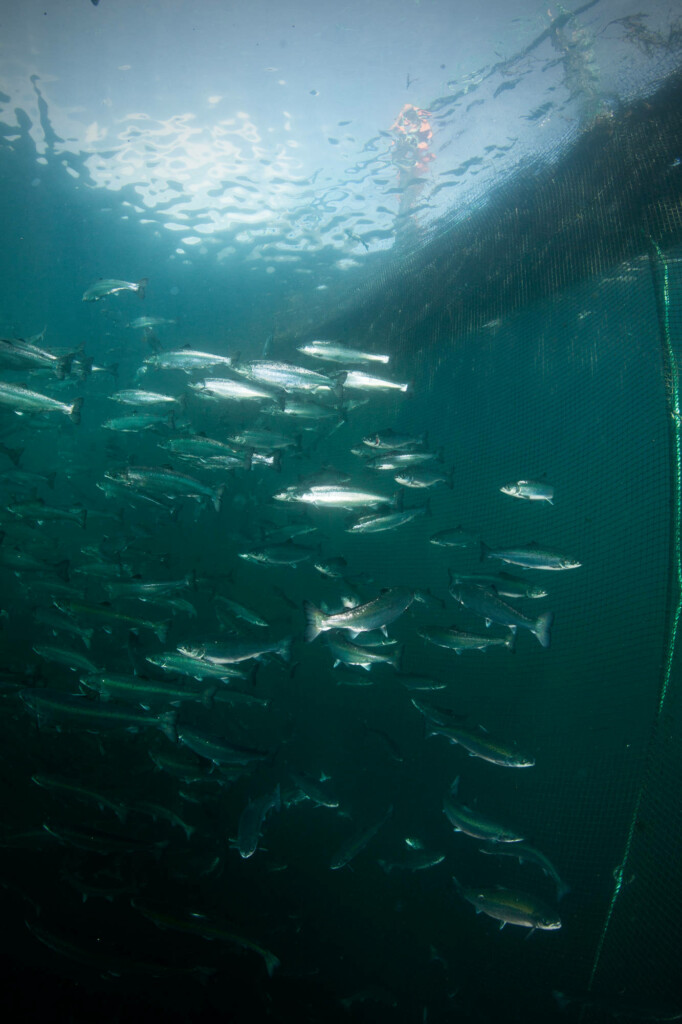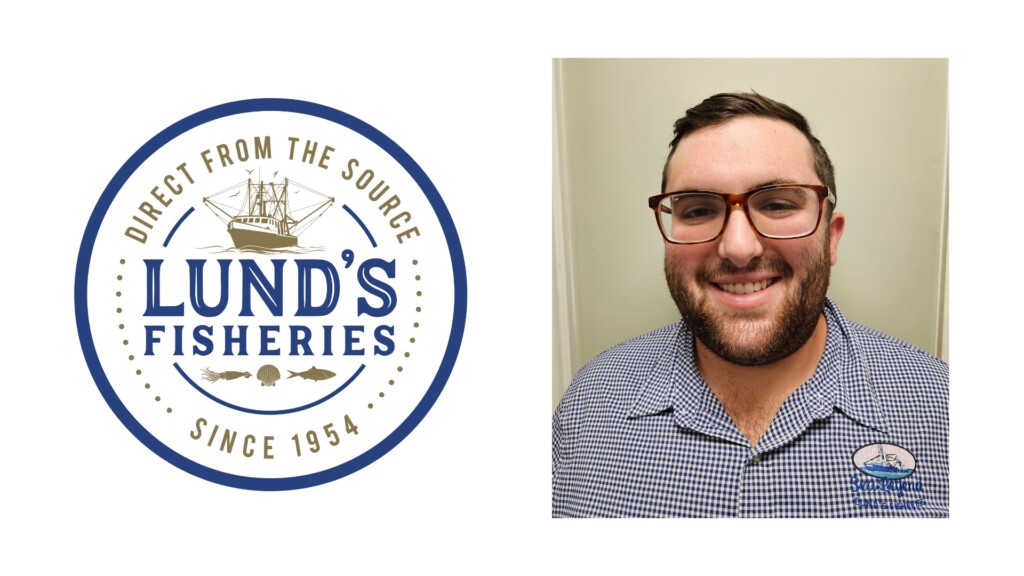“The new report will show us the effect of our measures, and will make it a lot easier to identify which measures gives the best effect,” says Logistics Director Eirik Flo.
Since August, Coast Seafood and their subsidiary, Agile Logistics, have worked closely with Maritech to implement their new sustainability reporting. The reporting itself is set to start on January 1, 2024.
“We are satisfied. The reporting solution works well and it has been a good project,” Flo continues.
“Since we use Maritech software for both our logistics and seafood operations, we chose Maritech Sustainability Reporting too. All the transport- and sales-related data are already in the other systems. Additionally, we got the opportunity to calculate environmental data related to production. Thus, we cover the most critical areas where we have emissions due to both our production and transportation.”




